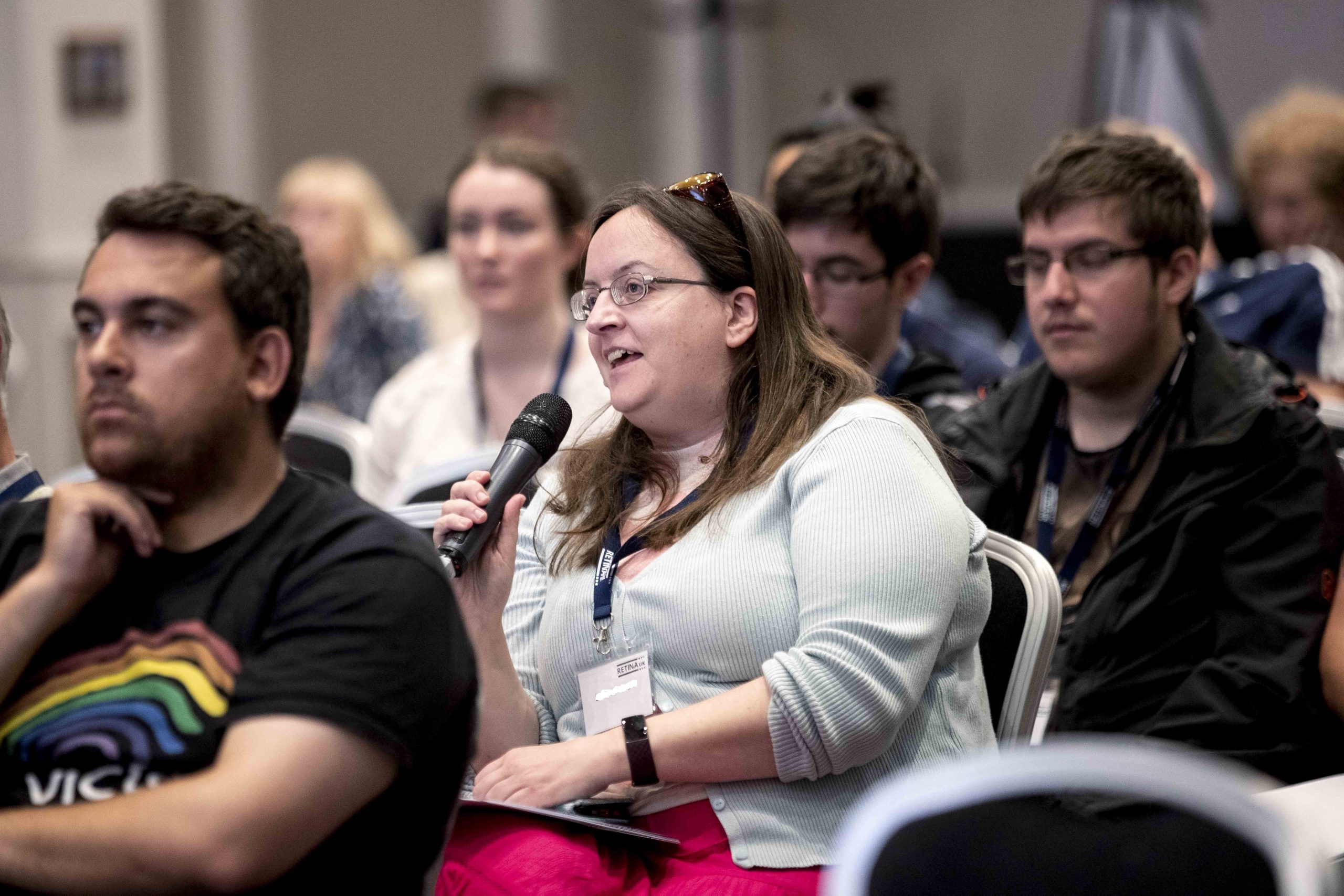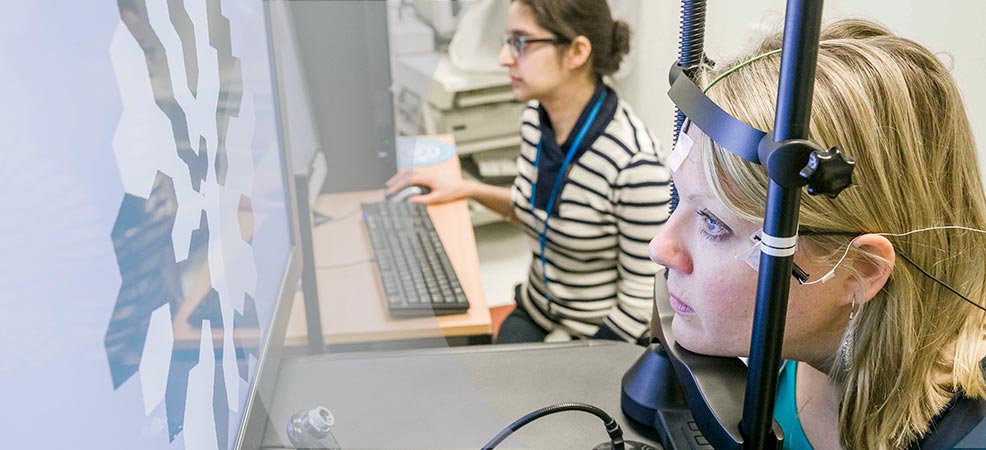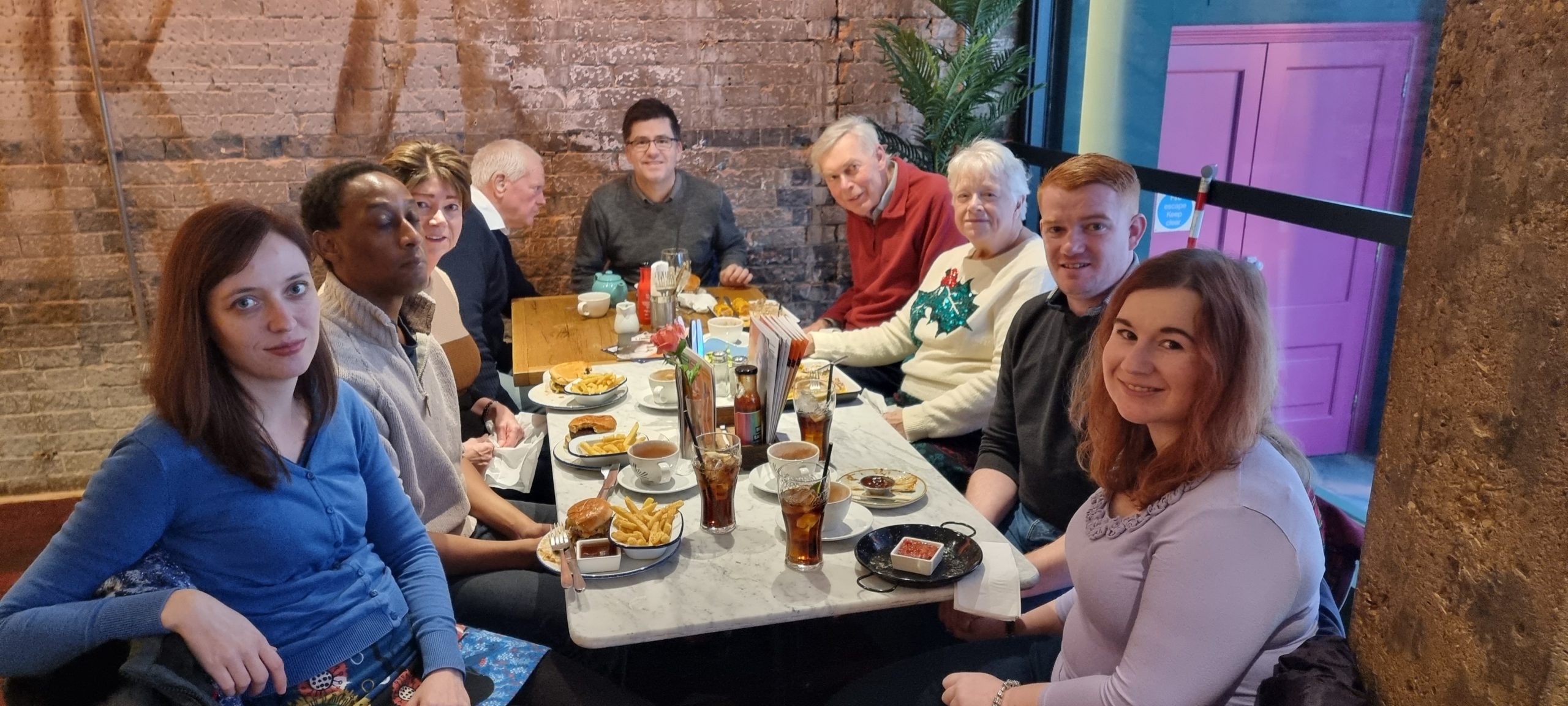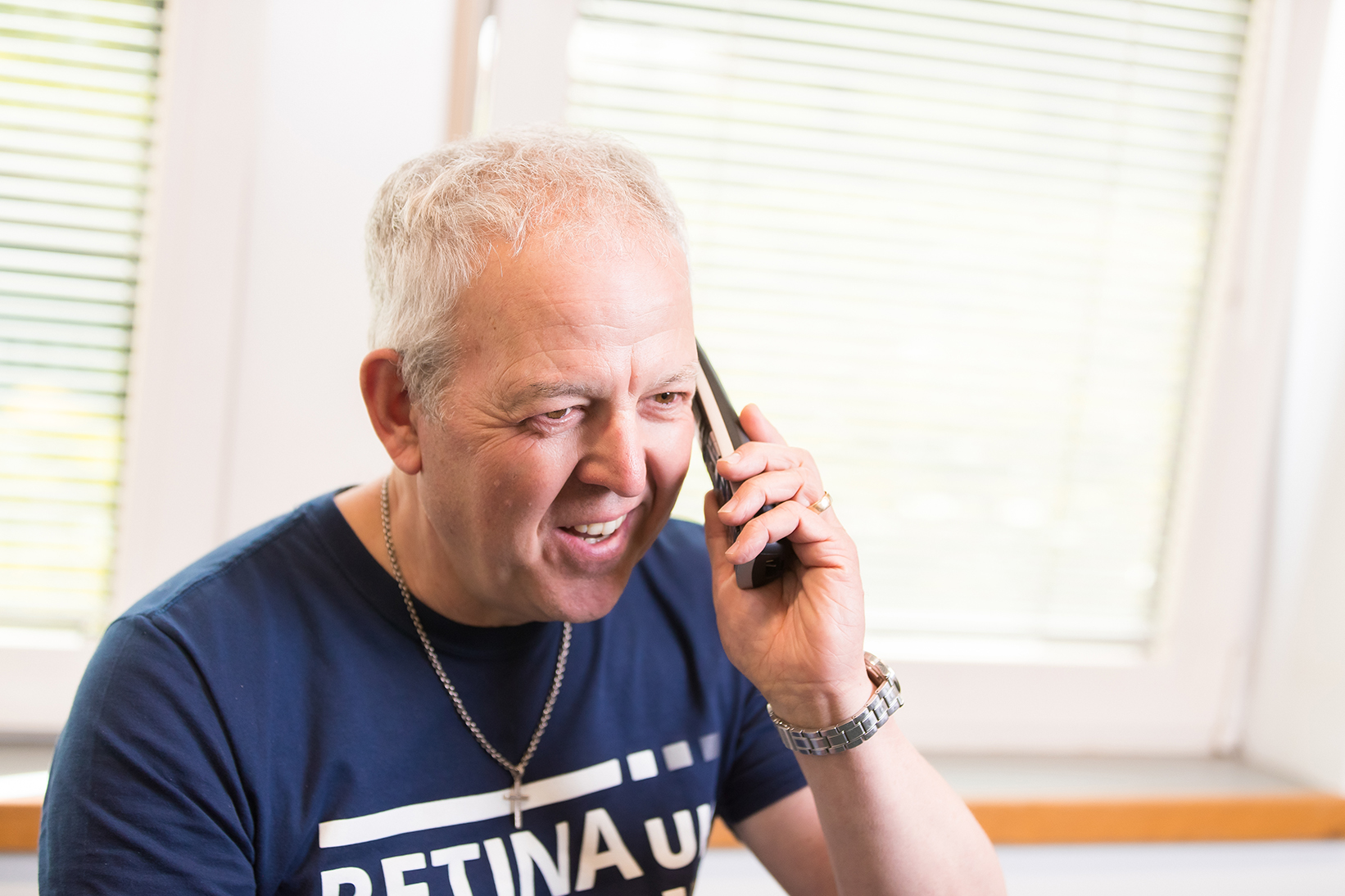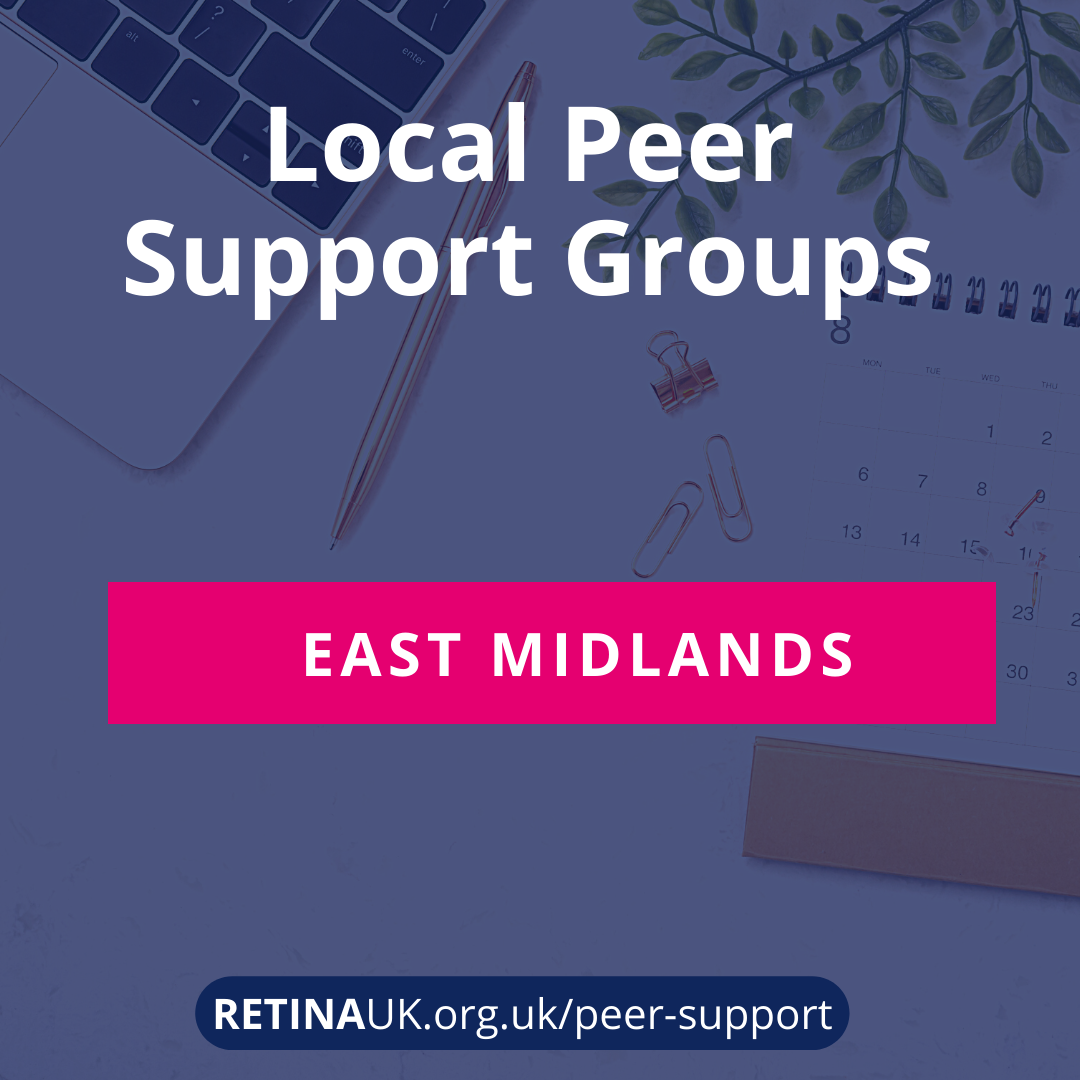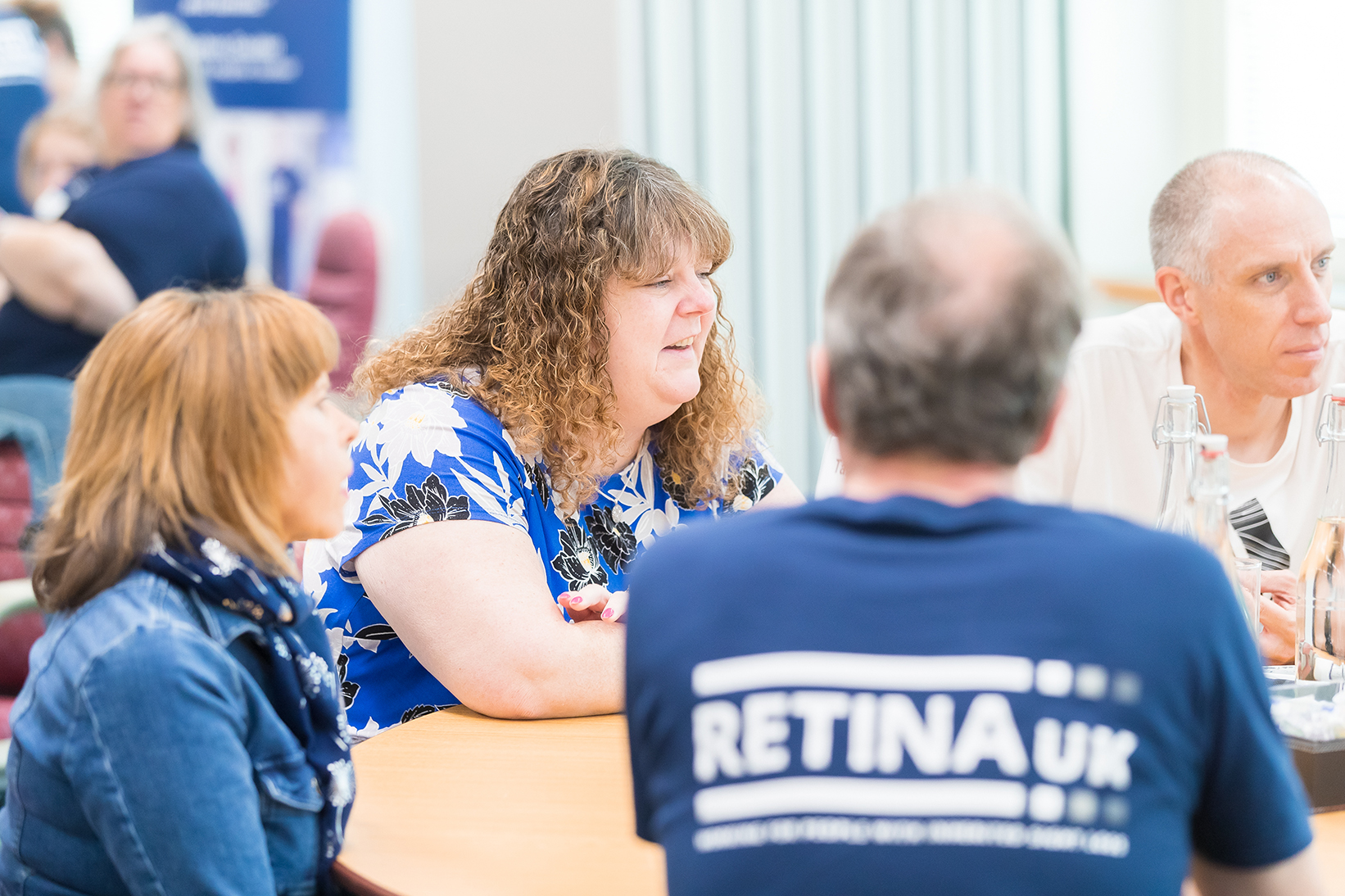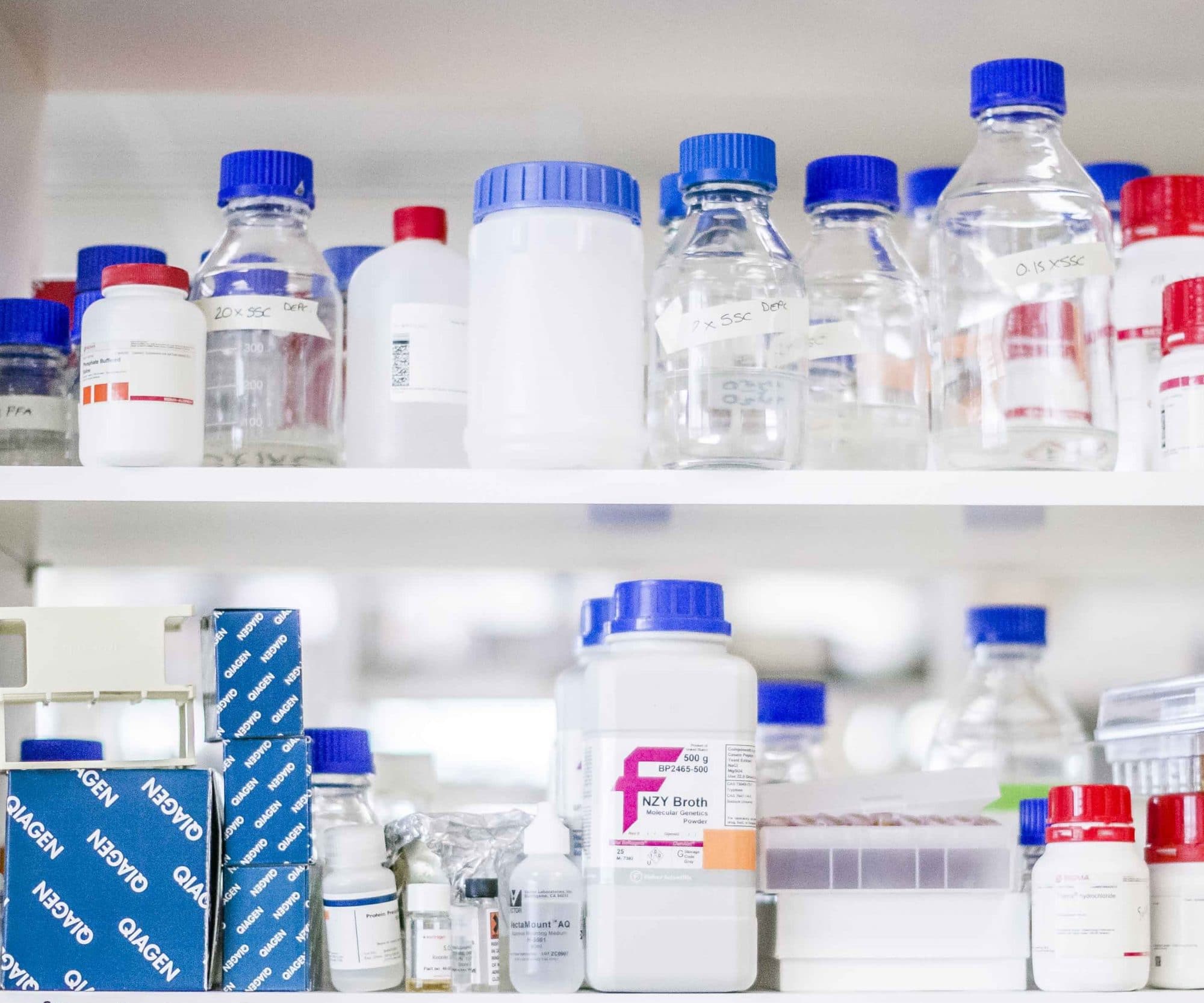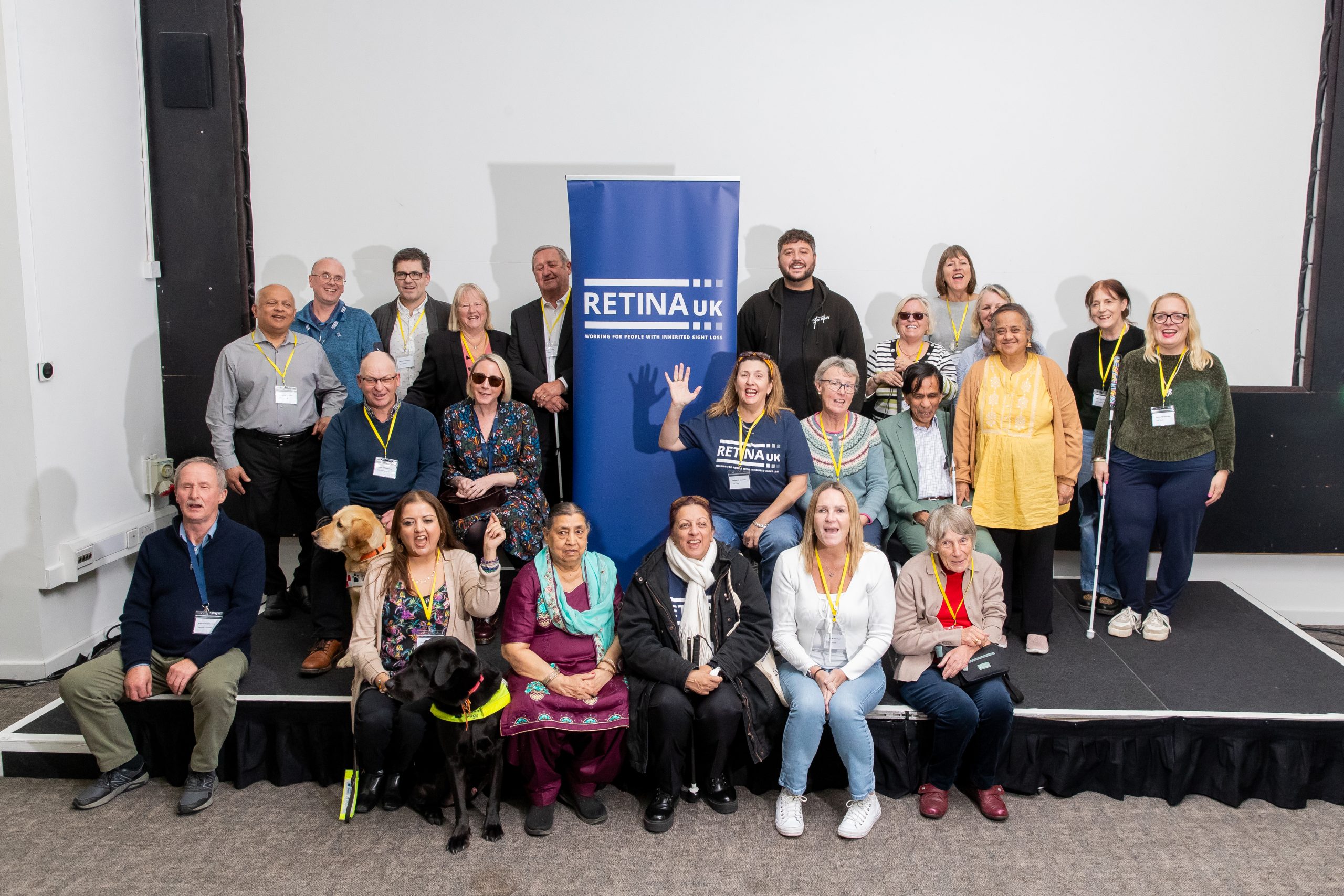The condition is characterised by the increase of plasma ornithine levels due to deficiency of the mitochondrial enzyme ornithine aminotransferase.
This leads to a 10 to 20 times increase in the plasma level of the amino acid ornithine, compared to normal plasma levels, which is thought to cause the ocular symptoms associated with his condition. Symptoms of this condition mainly consists of the presence of specific ophthalmic manifestations however, neurological and muscular features may also be present.
Symptoms
The condition is characterised by near sightedness (myopia), difficulty seeing in low light (night blindness) and loss of side (peripheral) vision developed during childhood. Over time, the field of vision progressively narrows, resulting in tunnel vision. Cataracts which is clouding of the lens of the eye may also develop. Whilst most people with gyrate atrophy of the choroid and retina have no symptoms other than vision loss, neonatal hyperammonenia (excess ammonia in the blood during the newborn period), neurological abnormalities, intellectual disability, peripheral nerve problems and muscle weakness may also occur.
Cause
Gyrate atrophy is an inherited condition caused by mutations in the OAT gene. This causes a deficiency of the pyridoxal-dependent mitochondrial enzyme OAT which normally metabolises the amino acid ornithine into pyrroline-5-carboxylic acid. Gyrate atrophy is inherited in an autosomal recessive pattern, , meaning that both a person’s copies of the gene must be faulty for the condition to occur. Find out more at RetinaUK.org.uk/genetics/inheritance-patterns.
Treatment
Treatment of Gyrate atrophy mainly involves following a diet to help lower ornithine levels. This diet involves avoiding foods with arginine which effectively lowers plasma ornithine levels and slow the progression of the condition. Foods that are high in arginine and should be avoided or reduced include: nuts, seeds, cereal, dairy products, seafood, meat, chicken watermelon and chocolate. Some individuals with gyrate atrophy may benefit from taking vitamin B6 supplements to help lower plasma ornithine levels.
For sight loss that occurs with gyrate atrophy, a low vision specialist can help recommend resources and services to help the individual adapt. Care under the supervision of an ophthalmologist can help correct myopia (near sightedness) through glasses or contact lenses. Additionally, cataracts that may develop as a result of gyrate atrophy can be treated through cataract surgery.
For support
Retina UK welcomes families affected by gyrate atrophy to its community. However, we don’t have specialist knowledge about symptoms other then sight loss. The Retina UK Helpline provides information, support and signposting for people affected by inherited sight loss as well as healthcare and education professionals.
Contact 0300 111 4000 (9.00am – 5.00pm Monday to Friday and Tuesday and Thursday evenings 5.00pm – 8.00pm) or email [email protected].
Condition-specific information
Retina UK welcomes families affected by gyrate atrophy to its community. However, we don’t have specialist knowledge about symptoms other then sight loss. These organisations may be able to help:
Metabolic Support UK
Telephone: 0845 2412173
Email: [email protected]


